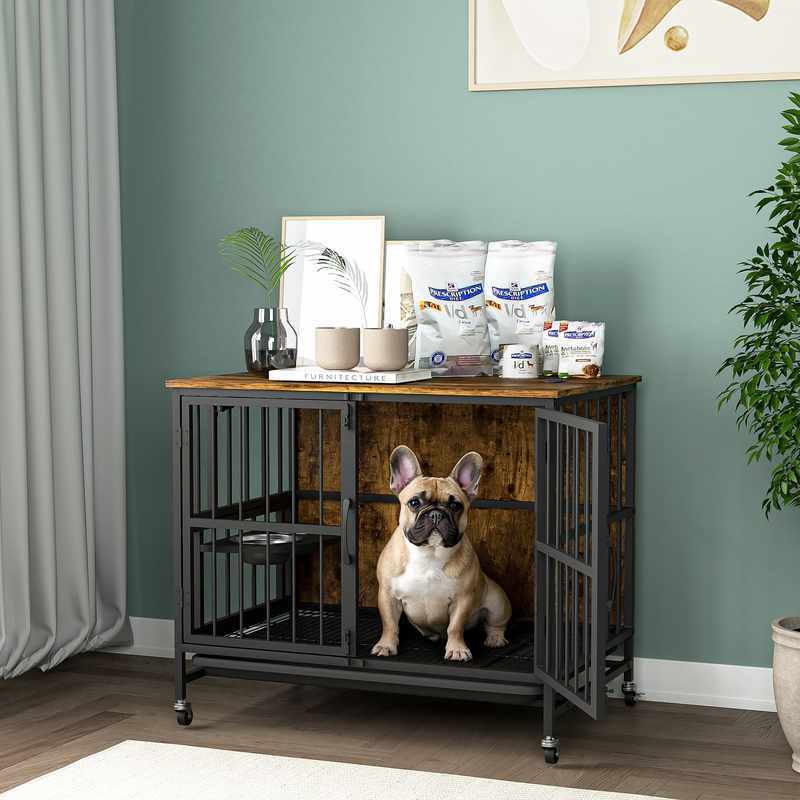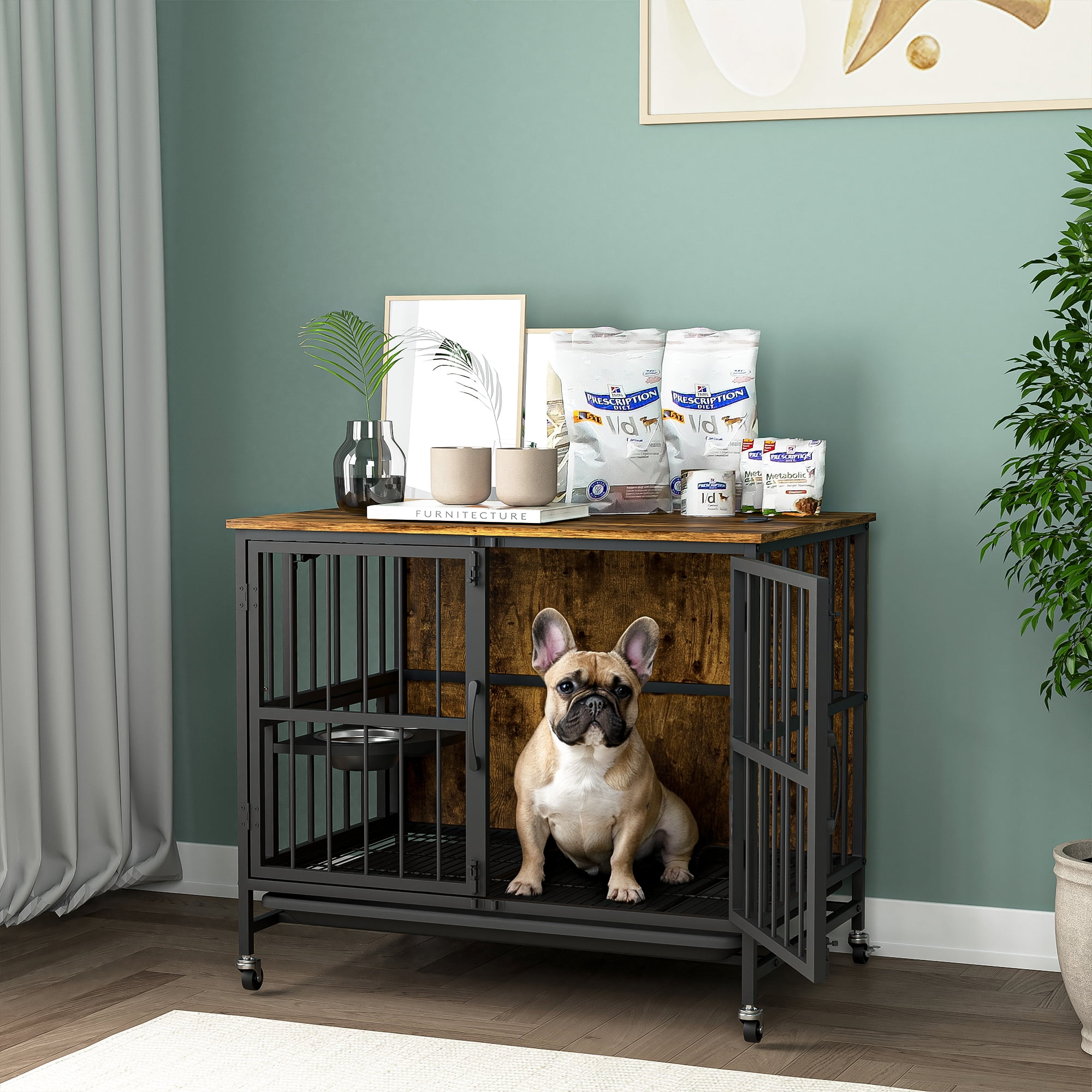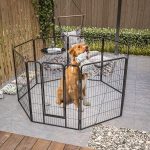Are you wondering what’s the best diet for your indoor dog? As an avid pet parent, you want to ensure that your furry friend is getting the nutrients they need to thrive indoors.
The Importance of a Balanced Diet for Indoor Dogs
Indoor dogs face unique challenges when it comes to their diets. Unlike outdoor dogs who get exercise and mental stimulation through playtime and exploration, indoor dogs often rely on their owners for physical activity and mental stimulation. This can lead to boredom, obesity, and other health issues if not addressed.
Why a Balanced Diet Matters
A balanced diet is crucial for indoor dogs because it provides them with the necessary energy and nutrients to support their overall health and well-being. A well-balanced diet also helps to reduce the risk of chronic diseases, such as obesity and diabetes, which are prevalent in indoor dogs.
Key Point: Focus on High-Quality Protein Sources
The first key point to consider when it comes to a balanced diet for your indoor dog is to focus on high-quality protein sources. Protein is essential for building and repairing muscles, organs, and tissues, making it a vital component of your dog’s diet.
Look for dog food that contains named protein sources such as chicken, salmon, or beef. Avoid foods with generic terms like “meat” or “by-products,” which may not provide the same level of nutritional value. You can also consider adding healthy fats like omega-3 fatty acids to your dog’s diet to support their overall health and well-being.
In our next section, we’ll dive deeper into what specific ingredients you should look for in a high-quality dog food and how they can benefit your indoor dog’s health.

Now that we’ve established the importance of a balanced diet for indoor dogs, let’s dive deeper into the specifics of what makes a high-quality dog food.
The Power of Whole Foods
When it comes to choosing the best diet for your indoor dog, it’s essential to focus on whole foods that provide a nutrient-rich profile. Whole foods are unprocessed or minimally processed ingredients that retain their natural nutrients and fiber. Examples of whole foods that can benefit your indoor dog include:
- Oats: Rich in fiber and protein, oats can help support digestive health and satiety.
- Fruits and vegetables: Dark leafy greens like kale and spinach, as well as fruits like blueberries and sweet potatoes, are packed with antioxidants and essential vitamins.
- Lean meats: Chicken, turkey, and fish provide a boost of protein and omega-3 fatty acids for healthy skin, coat, and joints.
Avoid dog foods that contain fillers like corn, wheat, or soy. These ingredients can be difficult for dogs to digest and may cause allergies or sensitivities.
The Benefits of Omega-3 Fatty Acids
Omega-3 fatty acids are a type of polyunsaturated fat that plays a crucial role in maintaining your indoor dog’s overall health. Found primarily in fish and flaxseed, omega-3s can help:
- Soothe skin issues: Omega-3s have anti-inflammatory properties that can help reduce redness and irritation.
- Support heart health: Omega-3s can help lower triglycerides and blood pressure, reducing the risk of cardiovascular disease.
To incorporate omega-3s into your dog’s diet, look for dog foods containing sources like salmon oil, flaxseed, or chia seeds. You can also add a fish oil supplement to their meals under the guidance of your veterinarian.
Conclusion
In this section, we’ve explored the importance of whole foods and omega-3 fatty acids in providing a balanced diet for indoor dogs. In our next section, we’ll discuss the role of carbohydrates and how they can impact your dog’s overall health. Stay tuned!
For more information on choosing the best dog food for your indoor dog, visit the American Kennel Club’s Puppy Nutrition Tips or the Association of American Feed Control Officials’ Dog Food FAQ.
Get Expert Advice on Your Dog’s Diet
We are ready to answer your questions, day or night.
Start chatIn our previous sections, we’ve discussed the importance of a balanced diet for indoor dogs and highlighted the key point of focusing on high-quality protein sources.
Summary of Key Points
To recap, here are the main takeaways:
- Focus on named protein sources like chicken, salmon, or beef in your dog’s diet.
- Avoid generic terms like “meat” or “by-products” that may not provide the same level of nutritional value.
- Consider adding healthy fats like omega-3 fatty acids to support your dog’s overall health and well-being.
Final Insights
By providing your indoor dog with a balanced diet rich in high-quality protein sources, you’re giving them the best chance to thrive indoors. Remember that every dog is unique, so be patient and adjust their diet as needed based on their individual needs and health.
A Call to Action
Take control of your indoor dog’s nutrition today! Make informed decisions about their diet by doing your research, consulting with your veterinarian, and making healthy choices that will benefit their overall well-being. With the right diet and a little creativity, you can create a happy, healthy, and thriving indoor dog.
I just adore you: asking for more: Are you tired of feeling like you’re not getting enough? Our article explores the importance of asking for what you want in your relationships and provides tips on how to do it effectively. Discover why saying “yes” to your desires can lead to a happier, healthier you.
What is anemia caused by folic acid deficiency: Do you know the connection between folic acid and anemia? Our article explains how a lack of this essential vitamin can lead to anemia, and what you can do to prevent it. Learn more about the importance of folic acid for your overall health.




